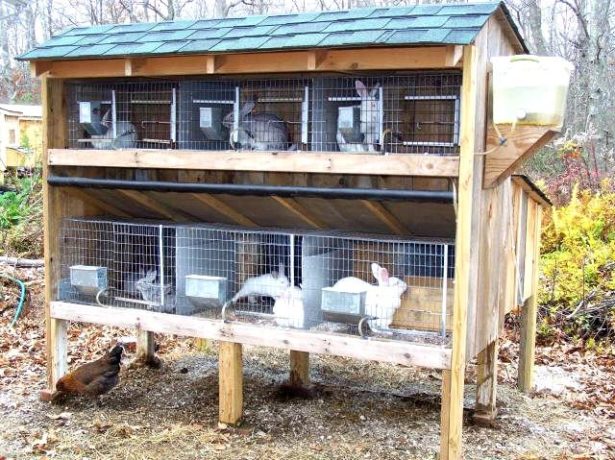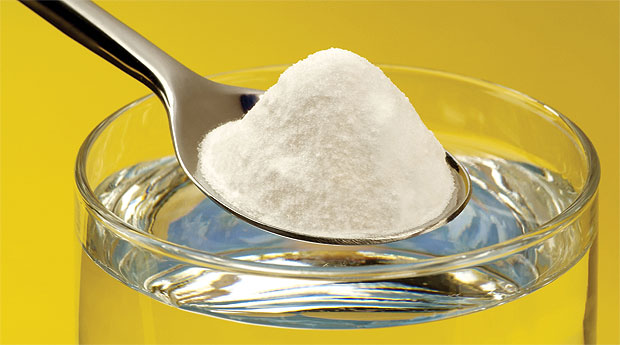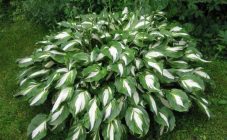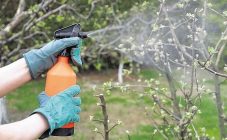Content:
Many farmers are faced with the fact that eared pets gnaw on cages. And there are many rather contradictory reasons for this. So first you need to identify them and find a solution. Why rabbits gnaw on cages and what to do to wean them, how to choose the right housing for a pet and what means to disinfect - below in the article.
Why does a rabbit gnaw a cage
There are many reasons for this behavior:
- lack of minerals and vitamins;
- puberty;
- hunger;
- tight cage;
- the animal's teeth itch;
- the rabbit is bored, so he chews on the cellular overlaps for fun;
- pet asks for a walk.
Identification of the cause and its solution
To disaccustom a rabbit to gnaw on the cage, it is worth observing its behavior. Finding the right reason will help stop spoiling the house:
- The rabbit owner should take into account that these animals grow teeth throughout their lives, so they grind them down from time to time. This problem can be solved by adding roughage to the fluffy diet. For rabbits, you can put pieces of wood and bars with which they will massage the gums. For decorative rocks, you can purchase a special sharpening stone. Adding tree branches can help avoid long-tooth problems that can traumatize your mouth. Branches of apple, poplar, mulberry, willow, acacia, ash and maple are suitable for rabbits. It is worth feeding them to pets in late autumn and winter. In summer, the branches contain a large amount of essential oils, which can negatively affect the digestion of animals.
- With a lack of salts, vitamins and nutrients, the rabbit will try to compensate for their lack. Often for this, animals begin to eat their feces and gnaw on the cage. A sure sign that a pet suffers from a lack of salt is gnawed structures near the place where the rabbit tray is located. You can solve the problem by purchasing a briquette of mineral salt at a pet store. Natural sources of minerals are chalk, salt and bone meal. A poor diet that does not include the required amount of vitamins and nutrients can provoke the development of serious diseases in rabbits.
- In some cases, domestic rabbits begin to bite the bars or cage structure out of boredom or the desire to go for a walk. This problem is solved by giving attention to the animal. The pet needs to be regularly walked, picked up and talked to him affectionately. In the warm season, the eared can be on a walk all day. It is important to make sure that their walking area is well fenced off.
- Also, rabbits can begin to chew on the cage when they are short of space. Getting a more spacious cage will help get rid of this problem.
- It happens that the rabbit begins to chew on the cage because of the feeling of hunger. As soon as these animals get hungry, they try to make up for the lack of food with what they come across. You can fix this problem by leaving food in the cage overnight, but do not overfeed the animal. The compound feed should be given in accordance with the established norms of the manufacturers.
The right rabbit cage
When buying cages, novice rabbit breeders should opt for products made from natural materials. Chipboard houses are not suitable for keeping animals, since the material is not resistant to temperatures: at high humidity it swells and crumbles. To prevent the rabbits from nibbling the internal wooden ledges, they are upholstered with thin strips of iron. The distance between the wooden slats should not be large, otherwise the legs of the rabbits will fall through there.
How to process the cage
Dangerous microbes and bacteria can remain active for a long time in cages and animal care equipment. To protect rabbits from the outbreak of infectious diseases and death, you need to regularly disinfect their houses. Required number of times:
- 2 times a year: in the spring and autumn;
- when weaning rabbits from their mother;
- 2 weeks before the birth of the rabbit;
- upon completion of the quarantine of the purchased individual;
- after the appearance of fever, myxomatosis, stomatitis and other diseases, as well as in the event of the death of the animal.
Special preparations are suitable for disinfection. They are applied to the walls of the premises with brushes or rags. The most effective use of a spray bottle. It is left for the time specified by the manufacturer, depending on the toxicity of the drug, then the surfaces must be thoroughly rinsed with clean water and wiped dry.
How to disinfect rabbit cells
Popular veterinary disinfectants: bromosept-50, virosan, ecocid C, xylonaft and phenol-free creolin. A faithful friend is suitable for processing the cells of decorative rabbits. Substances such as ash lye, bleach, formaldehyde, whiteness, burnt lime, chloramine have similar properties. In the event of an outbreak of infection, the cells can be disinfected by burning with a fire using a blowtorch and a gas burner.
Disinfection after animal illness
During the announcement of quarantine, disinfection must be carried out according to the system every 10 days, in case of an animal's illness - every 5 days. First, the cells are doused with a hot 2% solution of soda ash, and then treated with a disinfectant. It is worth carrying out disinfection in a complex way: in addition to the premises, inventory is processed.
How to process the cage after the death of a rabbit
If an animal dies from a disease, its bedding, feed residues, care equipment, manure and drinker are burned. How to treat rabbit cells after death? The room is cleaned with hot 2% sodium hydroxide solution. After that, you can use bleach, lysol solution, chloramine and a mixture of formalin and formaldehyde. The guarantee of complete cleansing is 2-3 cycles of applying the preparations. The last method of treatment should last 3 hours. 2 weeks before the settlement of the cells with new residents, the treatment must be done again.
What can be used as bedding
It is important to pay attention to rabbit preferences before laying the litter. The animal itself will tell you what it is more comfortable to be on. The best bedding for a decorative rabbit is sawdust and hay.
The attention of the owner will help in time to determine the reason why the rabbit is gnawing on the cage, and to eliminate this problem. Also, a litter for rabbits plays an important role in this, the comfort of the animal will depend on it. What means to treat the cells of rabbits after death is left to the choice of the breeder, the main condition is compliance with the system.














